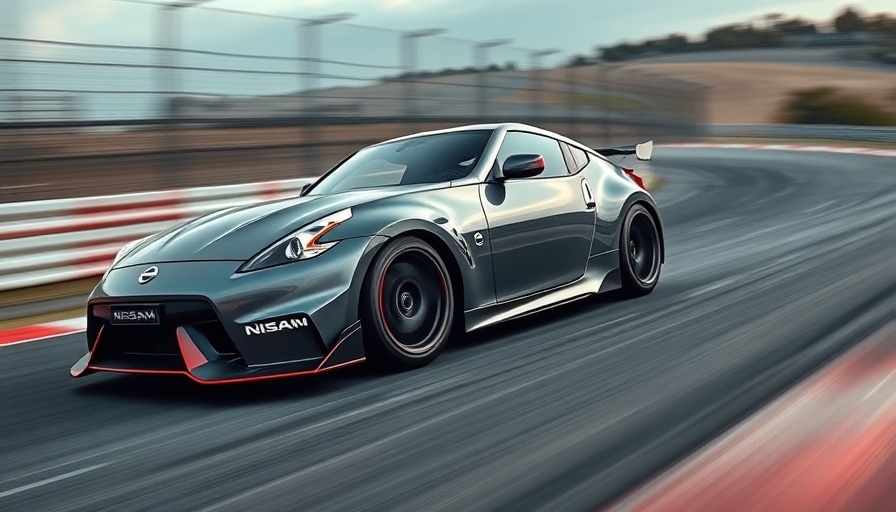
The Future of Performance in the New Hyundai Elantra N
The Hyundai Elantra N is set to maintain its performance character as the automaker prepares for the upcoming eighth generation of this beloved sedan. One of the most alluring prospects for performance enthusiasts is the potential inclusion of an upgraded 300-horsepower turbocharged four-cylinder engine, similar to what is found in the Sonata. This suggests that Hyundai is committed to delivering exhilarating driving experiences that cater to the long-standing desire for combustion engines amidst a growing trend towards electrification.
Documentation of Performance Enhancement
Currently, the Elantra N boasts a turbocharged 2.0-liter four-cylinder engine capable of producing 276 horsepower, which is impressive. However, by integrating a larger 2.5-liter engine, Hyundai could further diminish the performance gap against competitors like the 315-hp Honda Civic Type R and the 328-hp Volkswagen Golf R. This potential performance upgrade not only enhances the Elantra N's competitive stature but also meets the demand for affordable performance vehicles in an ecosystem increasingly dominated by costly electric options.
Staying True to Traditional ICE Engines
In an exclusive statement, Manfred Harrer, head of Hyundai's Performance Development Tech Unit, indicated that the United States market will continue to receive traditional internal combustion engine vehicles, which could mean the new Elantra N will focus on pure driving pleasure without hybrid or electric interference. Such clarity in purpose will resonate well with both traditional car enthusiasts and potential buyers seeking an engaging driving experience.
The Economic Edge and Consumer Impact
The price of the 2025 Elantra N starts at $35,595, and while the introduction of a bigger engine may lead to an increase in price, the benefits appear outweigh the costs. Consumers will enjoy a performance-oriented family sedan without breaking the bank—an enticing proposition when compared to competing models that often cross the $40,000 mark. Should the manual gearbox remain an option, it would cater perfectly to driving purists in an era of increasingly automated driving experiences.
Taking Action: Engage with the Future of Automotive Excellence
The future of the Hyundai Elantra N shines bright as it promises to ride on the wave of sophisticated automotive engineering while sustaining the spirit of performance driving. For dealers and industry professionals, the emergence of such a vehicle is worth monitoring, as it represents a significant shift in buyer preferences towards affordable and exciting options. Stay informed about the latest trends in the auto industry to better serve your clients and adapt to the changes in market demands.
 Add Row
Add Row  Add
Add 




Write A Comment